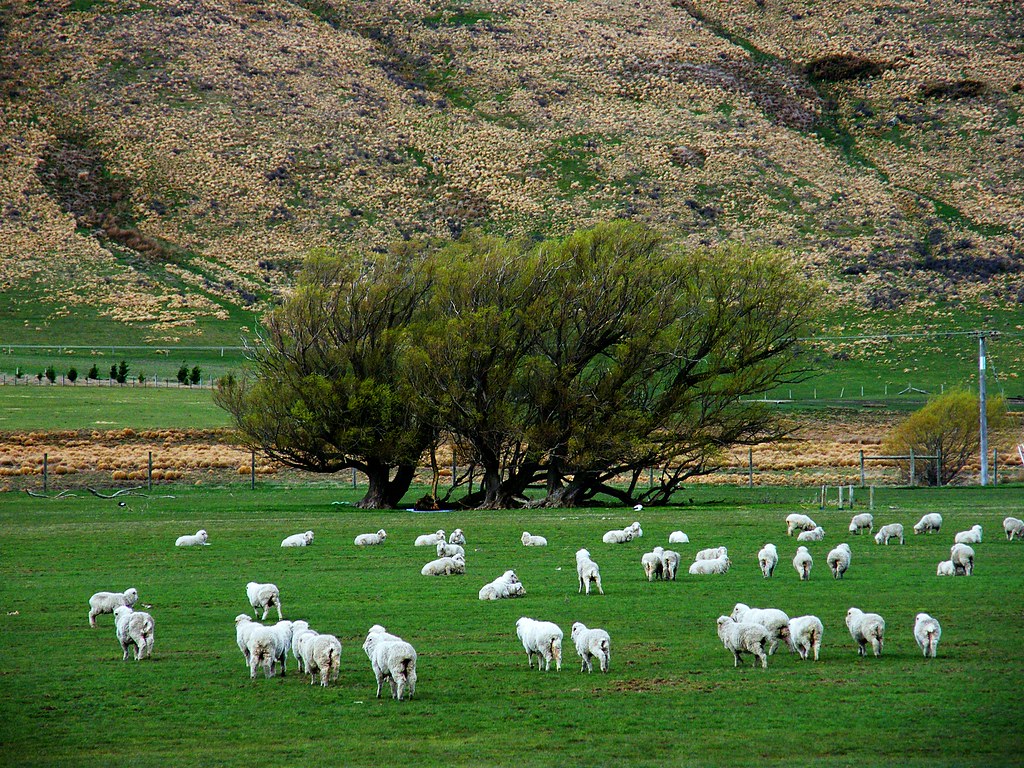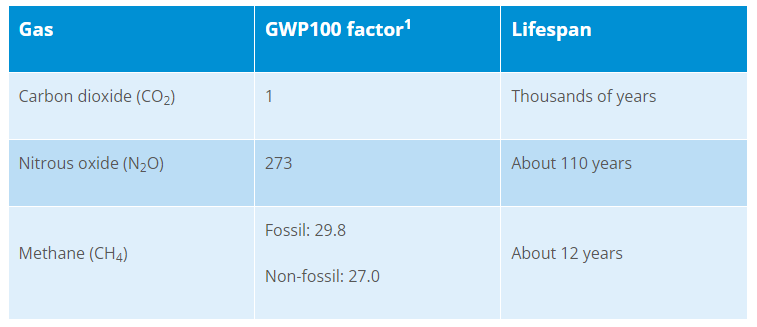A new study indicates that certain climate claims from the meat and dairy industries are based on incomplete accounting, including one from the Australia sheep meat industry that it is “climate neutral”.
As reported on by climate misinformation watchdog group DeSmog, the research by environmental scientists Caspar L Donnison and Donal Murphy-Bokern claims that an alternative method of quantifying the impact of methane emissions has led to a series of industry-friendly findings for the global livestock sector as it continues to pollute.
Among the research the study refers to is a 2021 paper by a scientist from Australia’s national science agency CSIRO claiming that methane emissions in Australia’s sheep industry have been trending gradually downwards – by an average of 0.76% per annum – from 371 kt in 1990 to 290 kt in 2017. The researchers behind the data acknowledge that the study was funded in part by Meat and Livestock Australia.

That paper states that the Australia sheep sector’s methane emissions had stabilized in 2020, meaning it was no longer causing additional warming and was therefore “climate neutral”. According to Donnison and Murphy-Bokern, the finding was then disseminated by a variety of industry groups and trade media.
Donnison and Murphy-Bokern posit that while the industry indeed didn’t cause any new warming in 2020 compared to 2019, using the term “climate neutral” is inaccurate in that it suggests Australian sheep are longer affecting the climate. Their research says that regardless of whether Australia’s sheep-related emissions are holding steady or even decreasing, the sheep are still producing a large amount of methane going into the atmosphere.
According to the DeSmog report, scientists remain divided on how to measure the impact of anthropogenic methane emissions on climate change, leading to dramatically different narratives.
For the past few decades, scientists have used the GWP100 metric, which measures the global warming potential of greenhouse gasses relative to carbon dioxide over a timeframe of 100 years.
However, methane – unlike carbon – has a lifespan in the atmosphere of roughly 12 years, compared to thousands of years for CO2, making critics question GWP100’s accuracy.
Experts have more recently proposed the GWP* approach for methane, which models how management decisions around methane impact the overall rate of warming as opposed to measuring absolute emissions in isolation.

Referring to the Australian sheep study along with similar ones in the US and Europe, Michelle Cain – one of the Oxford scientists who developed GWP* – says the metric wasn’t designed to be used so selectively.
“The climate neutrality cited in these reports is defined as having no additional warming over time,” Cain told DeSmog. “For industries which have a large component of methane emissions, this is not the same as the industry not existing at all. Obviously, stopping the methane emissions entirely would lead to even lower temperatures than reducing the methane emissions by a fraction.
“If you’re trying to use [GWP*] to say what the responsibilities of a sector are, without consideration of anything else — like the history of a sector, the wealth of a sector, and the other impacts that sector might have had on the environment — then I think that’s inappropriate,” he said.
To stay up-to-date on the latest industry headlines, sign up to Future Alternative’s enewsletter.
Posted on:


